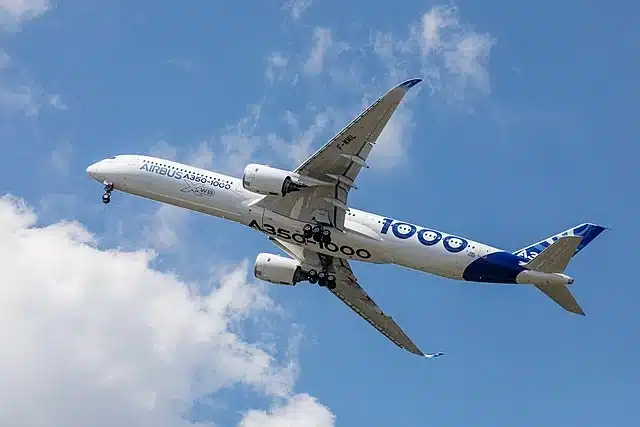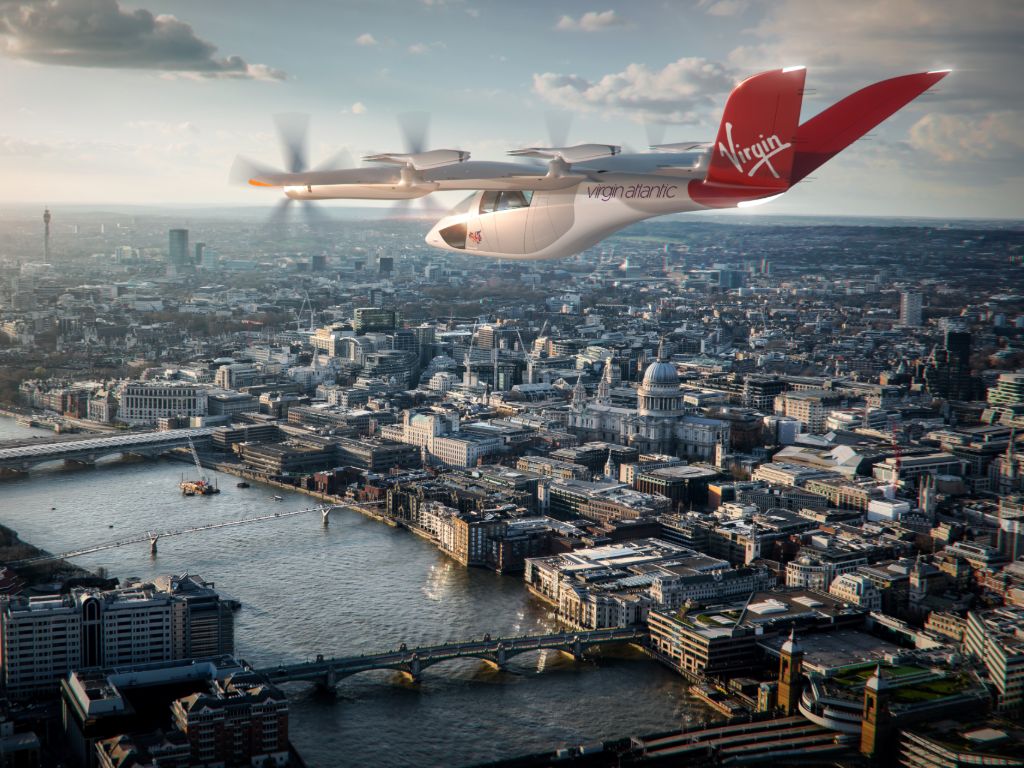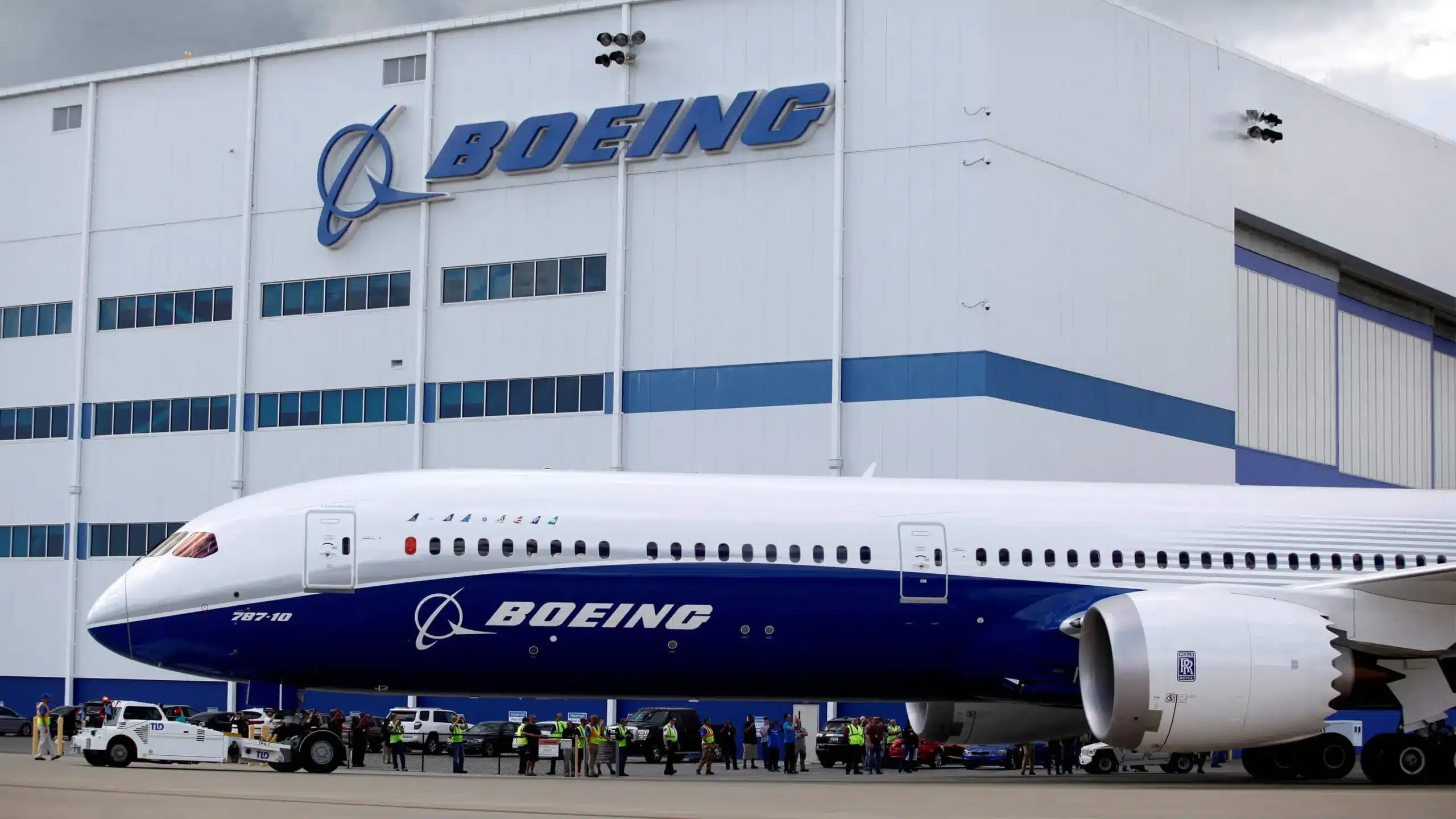The B777 is top of the widebody charts.
The B777 is a remarkable story. It has a moral and a happy ending. Well, we hope. Only the future will tell. But with the issues plaguing both the B787 and the A350, we make our case for the best widebody to own.
If you haven’t read our piece on the A380, you should read that first to understand the biblical work needed to build a large commercial jet. And not just the costs. But the risks associated with its success. For the Big Two (Boeing and Airbus) as well as the Airline customers.
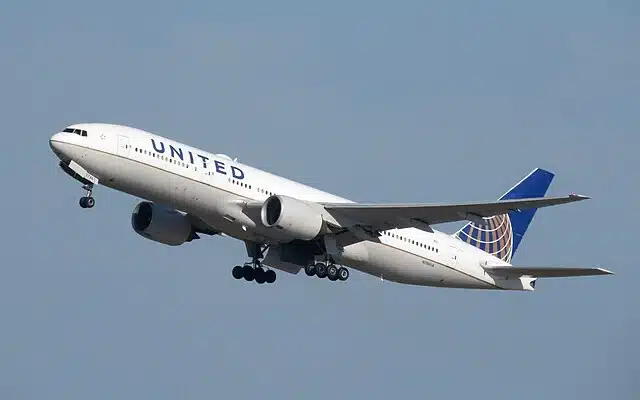
Boeing B777-300ER
Don’t worry if you don’t know anything about operating long-haul commercial aircraft, seat prices, or engines. Neither do some of the airlines. Give us a few minutes of your time and we’ll show you how difficult that task is. And why the Boeing B777-300ER is top of the charts. If the B777 was a film, it would be a Christopher Nolan one. Written by Shakespeare.
Our first analogy is also from Hollywood. When you make a film it costs a lot of money, but once it’s made, your costs are covered. Yes, you must distribute it, but other people take most of these risks. Why is this important?
If your film is good, it can be shown repeatedly for years across different platforms. After you recoup your initial costs, new money keeps coming in. At least that’s the dream. Your asset “earning potential”, the viewer, can be brought in, sat down, and deliver new revenues. Airplanes do the same thing.
B777 Seating
Their earning potential depends on how many people you can put on the aircraft over a given period. Southwest operates a high volume of short-haul flights. This high frequency allows more people to hand over money for a seat on that one aircraft.

More sectors equals more passengers, which equals more revenue. And this multiplies over the course of a year. Now if you can keep your overheads low and get for money for things like Wi-Fi, food or if you’re Ryanair – blinking – then you can call yourself a true low-cost carrier.
The long-haul aircraft cannot do this. It can fly the hours, but it has just that one group of passengers on most of them. Years ago, long haul ticket prices covered this. But in 2022, you can fly anywhere on the planet for $999 dollars round trip. Driving margins down to pennies.
Boeing B777-300ER
-300ER what now? The -300ER is the “flavor” of B777 you’re on. The first B777 was the -200 and then the -200ER. Then there was the -300, which didn’t sell very well mainly due to the lack of range. So, Boeing extended the wings, added extra fuel capacity and the B777-300ER (Extended Range) was born.
This aircraft became the bestselling B777 of the family and the best wide body ever made. Add to that the GE90-115 engine and you have a great package. There have been some engine issues with other variants over the years, and those of you more involved in the leasing or engineering business will know the “issues” experienced by the two competing large turbofans built by Rolls Royce and Pratt & Whitney.
Aircraft Seat Map
When a single engine costs USD $20m, you don’t want a raft of issues that could ground your aircraft. Today in 2022, there are 827 aircraft flying with fifty airlines worldwide and they’re still being manufactured.
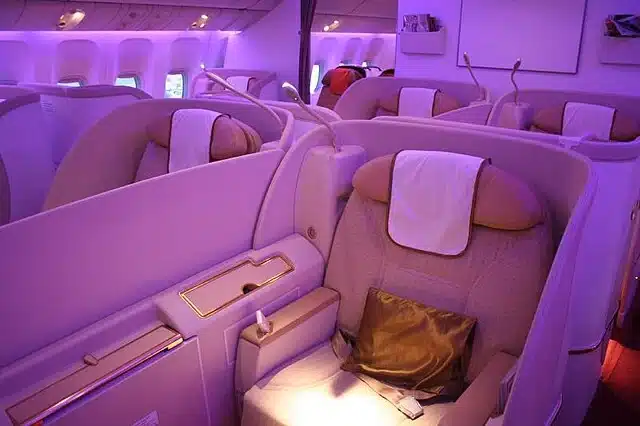
With maybe a few dozen left to be delivered. Its replacement is the B787 and to say that this aircraft has some issues is to put it lightly. Fuselage, engines, batteries. The list goes on and hopefully these are readily resolved by the time you are reading this in late 2022.
350-Seat Sweet Spot
When you fly long haul, the payload/capacity of your aircraft is critical. How you use this payload is up to you. First class, Business Class, premium economy, economy, freight, and anything else that can be put on board to make you money are huge decisions.
But there is a sweet spot and that is around the 350-passenger mark. Data, stats, and traffic figures churned up by AI and machine-learning have told us that this is the optimum configuration that will allow the B777 to be successful across most markets. Yes, you can have an extra thirty seats in first class if you fly into JFK, or Narita or even LAX…
Emergency Exit
But if you’re looking to own or invest in one, you need to keep it as middle of the road as you can. You should have a seating layout that will allow you to use it on business routes and leisure traffic alike.
Passenger Capacity - B777
You need to maximize that economy cabin to ensure that your critical load factor is up there in the 80% or 90% range. Now you can go to higher capacity on the B777-300ER, some versions allow for up to 450+ all-economy seating and these aircraft have proven extremely popular on routes where high volume is the priority.
“So just stick more seats on it?” Nope. To reconfigure a commercial aircraft is expensive. Really expensive. And it takes a long time to get the approvals and to complete the work.
A B777 reconfigure could take 2-3 months to complete and cost you upwards of $10 million dollars. The price of another small secondhand jet. Therefore, seat config is such a critical issue. If you get it wrong, you must live with it
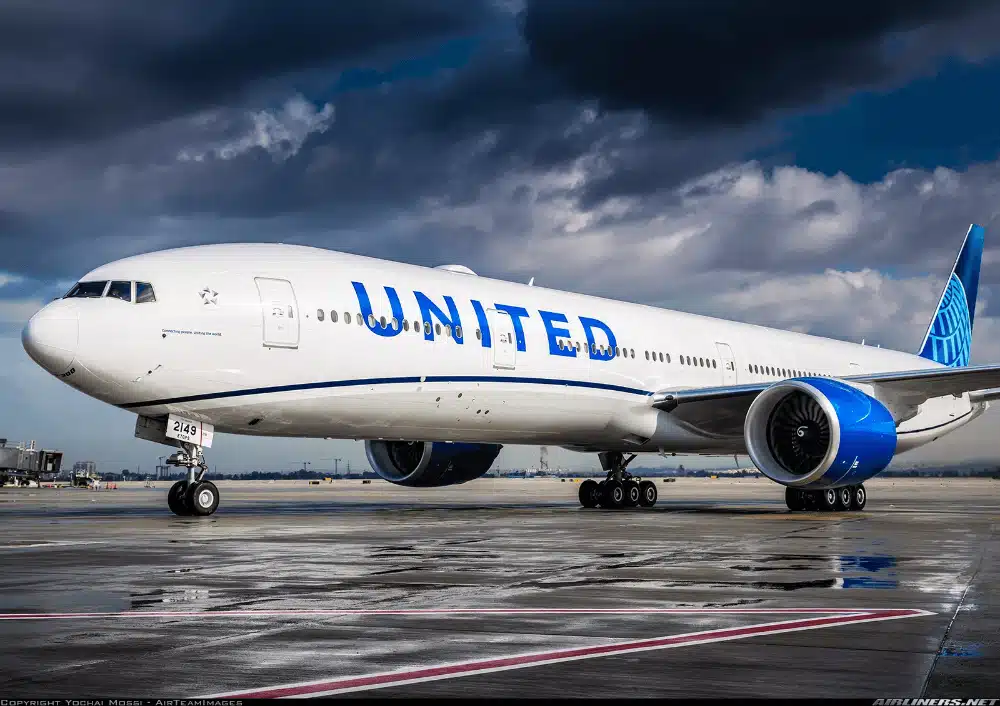
The B777 Outlook
Covid nearly killed the long-haul market, especially its biggest revenue source, the VIP and Business traveler. These people stayed at home or used private jets. The VIP/Private jet market went through the roof over the pandemic. As the rich just avoided airports altogether.
The Covid pandemic also killed not just one aircraft type but two. The A380 and the B747 were both sent to the scrap heap by British Airways, Singapore Airlines and Lufthansa to just mention a few. These 4-engined aircraft were being eclipsed by newer twin-engine competitors but the lack of any passengers meant they were first on the list.
Not so the B777. The workhorse did a great, reliable job with proven engines and its ownership costs are now in the “mature” region. It also has an astounding capacity for freight conversion compared to its rival, the Airbus A330.
Amazon Air
A lot of airlines make more money from the 10,000 kgs available “belly” space for the logistics market, especially now that the overall market has shrunk. And this area is the real secret sauce for wide-body aircraft. Where the entire aircraft can be converted into a freighter after 20 or so years.
If you look at the B767, the older cousin of the B777, they continue to be highly prized as freighters. Championed by many including Amazon Air. The B777 is a better airframe and its performance on longer routes as a freighter conversion (P2F) means that it will become an extremely popular aircraft once its job as a passenger aircraft is over.
Boeing 777-300ER
Yes, this conversion is expensive at around USD $20m, but if you’re clever and you do the “checks” at the same time and manage your costs, this can guarantee the aircraft’s operational life for another 20-25 years. And the lease rates and reserves will be similar, so the numbers add up as an investment.
Wide bodies are not for the faint-of-heart. But this can be helped when your airline customer is called Amazon, or British Airways or Qantas. If you can acquire the B777 at the right price and you’ve done your homework, you can make far more money than on a brand new A320 or B737Max aircraft. Where the margins with airlines are non-existent and the market is crowded.

